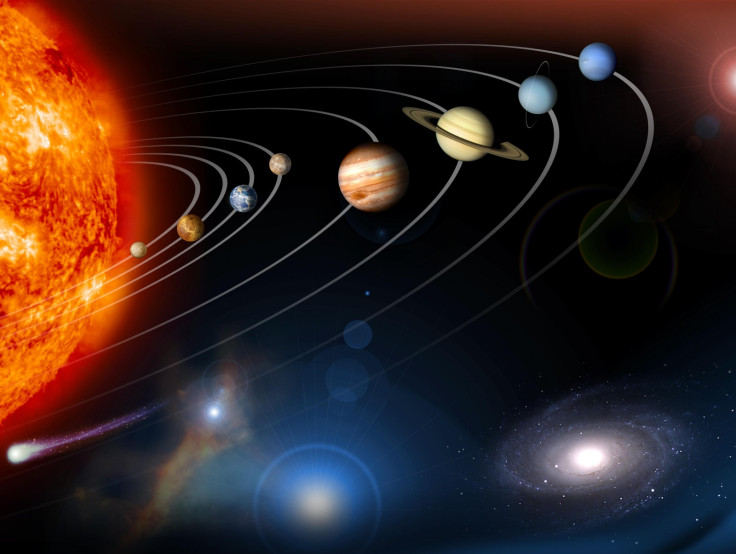Astronomers find evidence of a new Mars-sized planet hiding in our solar system
Evidence of a new planet orbiting the Sun beyond Neptune, in the Kuiper belt.

How many planets exist in our solar system? Astronomers believe they have found evidence that indicates there may be another planet hiding in the farthest reach of our solar system. The yet-to-be-confirmed planet is believed to be around the size and mass of Mars and was found orbiting the Sun beyond Neptune, in the Kuiper belt region.
The newly discovered entity could possibly become either the ninth or the 10<sup>th planet in our solar system. Last year, following Pluto's demotion from a planetary status to a dwarf planet, scientists Mike Brown and Konstantin Batygin at the California Institute of Technology proposed that there may be a ninth planet in our solar system, believed to be 10 times the mass of Earth and orbiting the dark outer reaches of our solar system, beyond Pluto's orbit.
Now, in a study slated to be published in The Astronomical Journal, Kathryn Volk and Renu Malhotra at the University of Arizona say they have observed some unusual movement in the Kuiper belt, which could hint at the existence of another planet. The astronomers believe that the potential new planet, which was noted causing orbital warping, may have arrived at its position after being scattered away by ancient space events.
"It's not what we expect if the only planets in our solar system are those we know of," Volk told New Scientist. "If it's the size of Mars, that is a pretty big object, which would suggest it would be most likely scattered out there by planetary movements further in," says Volk.
Planetary objects in the Kuiper belt are so far away from other major planetary bodies in our solar system that they aren't impacted by the gravitational pulls of larger bodies.
The astronomers' find has received mixed reactions from the scientific community. While some scientists believe that the potential planet may hold some weight, others expressed doubts about introducing new worlds into our solar system.
"This fits really nicely with how we expect planets formed in the early solar system," said Michele Bannister of Queen's University Belfast.
"I am dubious that a planet so close and so bright would have remained unnoticed," Alessandro Morbidelli at the Côte d'Azur Observatory said.
However, Volk is confident of the findings. "It would have to be quite a fluke for this to not be a real effect," she says. "We think there is a real signal there and this implies an additional planet."
© Copyright IBTimes 2024. All rights reserved.






















